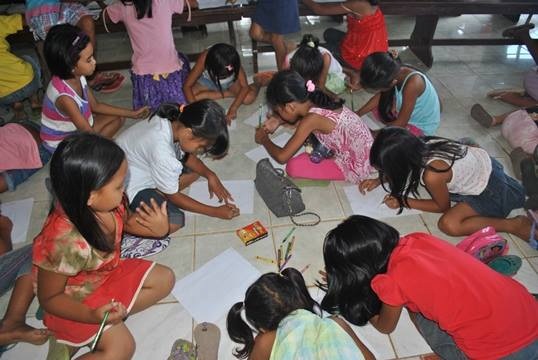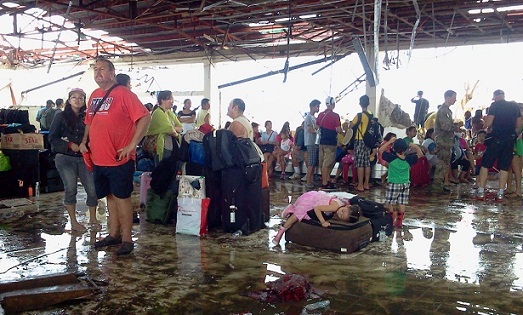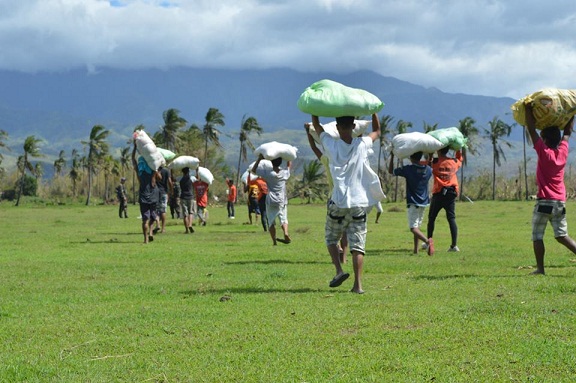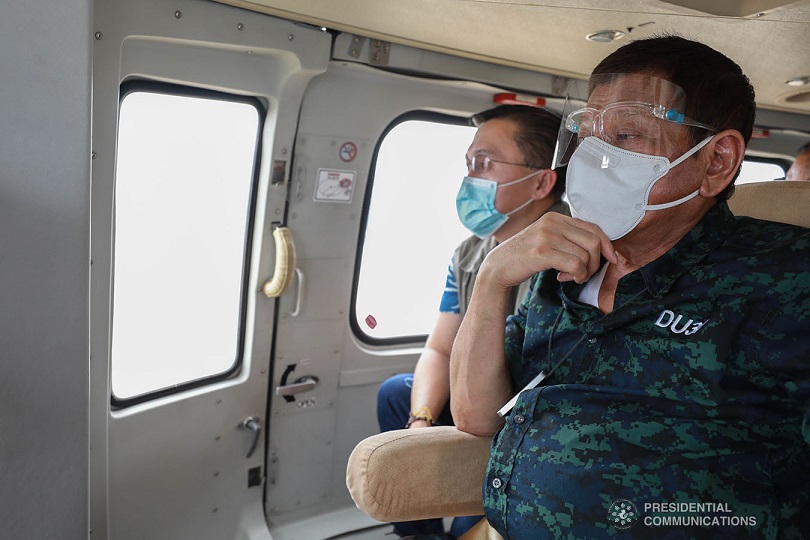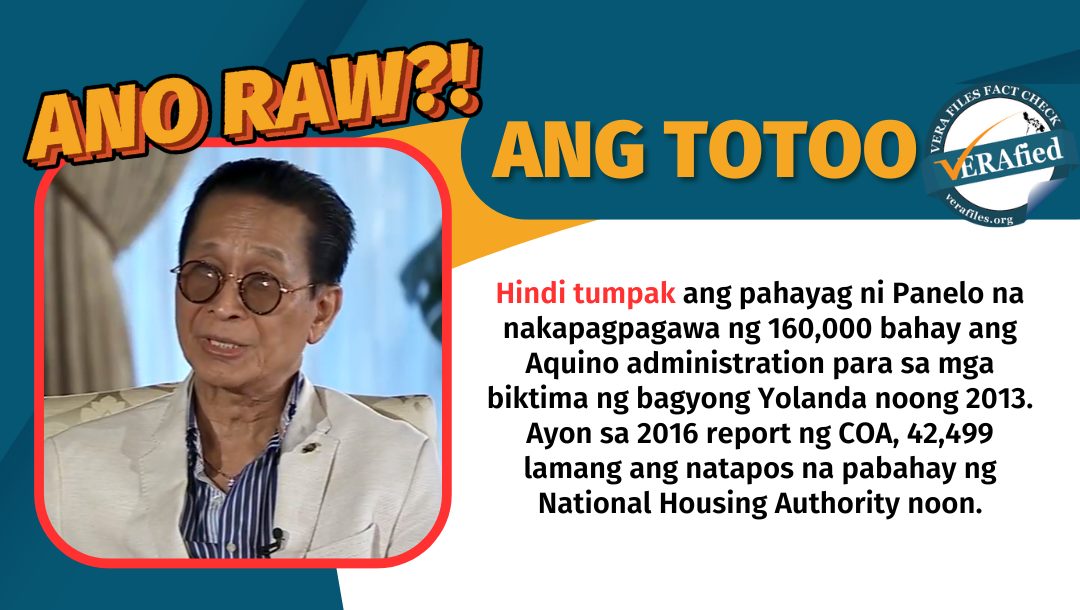By XANTHE KAMILLE ALMONGUERA and HAZEL P. VILLA
Photos by XANTHE KAMILLE ALMONGUERA
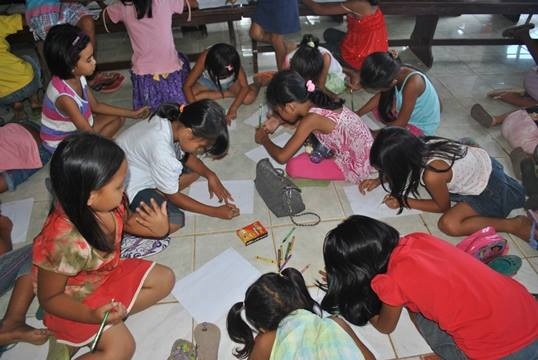 Where two months ago, children cowered in fear as typhoon Yolanda battered the fishing town of Estancia in the province of Iloilo, nowadays one hears singing and laughter.
Where two months ago, children cowered in fear as typhoon Yolanda battered the fishing town of Estancia in the province of Iloilo, nowadays one hears singing and laughter.
World Vision has set up Child Friendly Spaces (CFS) in Estancia, about 132 kilometers from Iloilo City, for children ages 6 to 17 displaced and traumatized by typhoon Yolanda (international name: Haiyan).
“Our ultimate goal for the Child-Friendly Space is to make children happy and suit their best interests as children, making them feel safe and secure despite the upset of super typhoon ‘Haiyan’,” says Felinor “Naira” Villa, education officer of World Vision’s Child Labor Project.
Four of Estancia’s 25 villages are included in the three-month program which was launched last Nov. 18 at the Sta. Teresa Prayer Center and Retreat House at Jaro, Iloilo City. Around 600 children, grouped by age, are accommodated in each village.
Activities in the village usually begin at 9 a.m. and ends at 4 p.m. There’s dancing and singing. They play ball games. They also do arts and crafts.
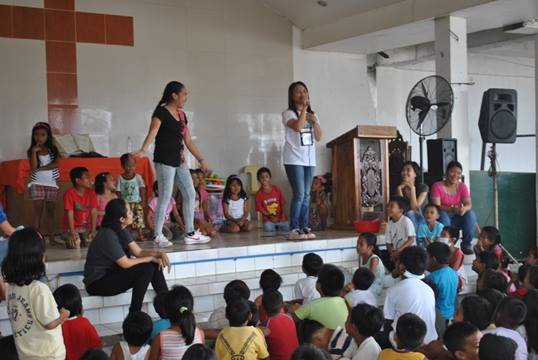 The activities are not confined in one place. They are done in schools, in some houses and in Baptist centers.
The activities are not confined in one place. They are done in schools, in some houses and in Baptist centers.
Before Christmas last year, the children were asked to write a letter to Jesus Christ, wherein they wrote their Christmas wishes.
Twelve-year old Lisa (not her real name) says she is thankful to Child Friendly Spaces for making them “feel safe.”
“During the typhoon, I held on to my nine siblings and led them to a safe place despite the raging of strong winds,” she relates to student-volunteers. Talking about their experience during the typhoon is being encouraged as part of the healing process.
“The children who participated in the CFS made me realize that trauma does exist and that play is a great factor in helping children recover from, if not forget, their fears and traumatic experiences,” says Roy Caesar Fredeluces, 18, one of the student-volunteers.
Patrick Sooma, 32, World Vision humanitarian development specialist from Kenya, says, “The student-volunteers’ service was highly commendable. I am very grateful to all of them.”
A Christian humanitarian organization, World Vision commits itself to helping children, families and communities in nearly 100 countries address the problems of poverty and injustice.
The CFS program, also known as Safe Spaces, Child-Centered Spaces and Emergency Spaces for Children, is “widely used to help support and protect children in the context of emergencies.”
Their goals include preventing children’s exposure to further risks in cooperation with the community, at the same time strengthening their psychosocial well-being.
For the Child-Friendly Space activity in Estancia, World Vision partnered with the West Visayas State University College of Education (WVSU-COE) based in Iloilo City.
Thirty third year students of WVSU-COE’s Prof. Helen Joy Loriega-Rivera taking up Bachelor in Special Education (BSPED) volunteered for CFS project. With the student-volunteers, World Vision conducted its first CFS in four barangays in the town of Estancia, namely: Botongon,Gogo, Daculan and Paon. Residents of Botongon experienced another near disaster when oil in Barge 103 of the National Power Corporation (Napocor) spilled into the nearby waters after it was slammed into their shore by Yolanda.
“I was very impressed with the student-volunteers and the entire World Vision team. We do it with the heart for service,” exults Villa.
CFS will also be introduced in other affected areas like Aklan, Capiz, Leyte, Tacloban, and northern Cebu.
(This story is produced by Yolanda Story Hub Visayas, a citizen journalism portal.)
